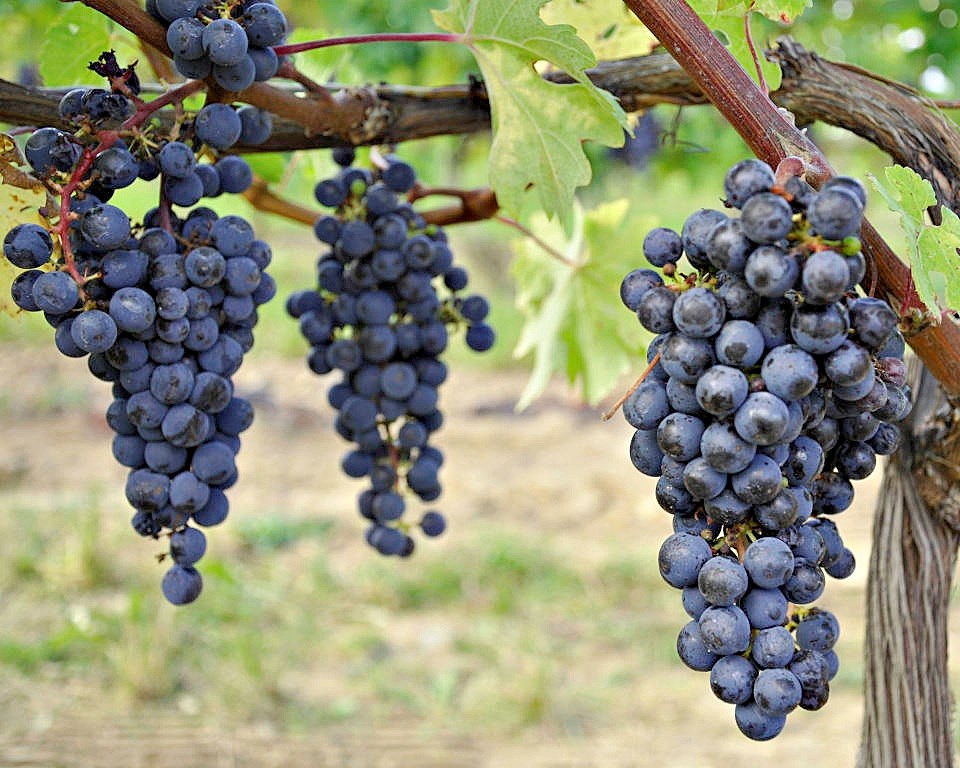In today’s world of carbon footprints, isn’t it nice to know gardening is one of the best investments you can make for the environment, for flavourful food and for your wallet? Just consider the relatively inexpensive cost of perennial vegetables and small fruit bushes along side the almost instant return they provide.
Many folks are under the impression that perennial vegetables and small fruits are difficult to grow and require a great deal of maintenance. Well, compared to fruit trees, they take amazingly little care. Rhubarb, horseradish and asparagus take little space and once mature, can be harvested easily for many years. All that’s required is a little top dressing of manure each spring. If you have never tasted fresh rhubarb pie, spicy horseradish on roast beef or some delightful asparagus spears with cheese sauce, you have missed something really special!
Jerusalem artichokes are, perhaps, the least known of the small fruits. The tubers can be planted in fall or spring and left in the ground all year. As a matter of fact, they overwinter better outdoors. These tubers have a sweet, nut-like flavour and are great for salads and soups, or as a substitute for potatoes. They’re truly delicious! They grow like sunflowers, and often you’ll get the added bonus of lovely flowers and seeds.
The wet spring weather over the past few years has caused mildew problems for both currants and gooseberries, but many newer varieties have come along to solve this problem.
The ‘Red Cherry’ currant, the ‘Black Consort’ currant and from Finland, the ‘Hinnonmaecki’ gooseberry are all mildew resistant. Compared to other gooseberries, the ‘Hinnonmaecki’ is much less troublesome, and the berries are large and sweet.
Vine berries are ideal in today’s gardens, especially if you have an empty fence or bare wall. Thornless boysenberries, loganberries, blackberries and even the huge new tayberries need just a little support and sunshine to give you an almost continuous supply of delicious berries. They can be kept quite confined in space if you espalier them. Trained against a fence or wall, these vines look very attractive.
Speaking of vines, grapes have really taken off as a home garden favourite, and many seedless varieties, like ‘Himrod’, ‘Sovereign Coronation’ ‘Canadice’ and ‘Flame’, are now available. They can be trained along old fences or up over sundecks to double as valuable shade plants. The first ever purple-leafed grape is now available. It produces big, juicy blue fruits.
Kiwis have certainly made their presence known in the Pacific Northwest. Although most folks grow the big fuzzy varieties, the hardy, grape-sized fruits of the ‘Ananasnaja’ variety are far easier to grow, and self-fertile varieties like ‘Issai’ will produce lots of delectable fruit with little care. ‘Kolomitka’ is a unique variety with green foliage that turns white, then pink for a most spectacular display. The male plants are the most attractive, but when you have a female you get fruit and fabulous colour all summer.
Even bareroot everbearing raspberries and strawberries, planted now or at least soon, will produce quite significant crops for harvest this year.
When our winter weather finally ends, it will be a great time to plant small fruits. They’re not only an investment in flavour and freshness, but many of them are also easy to grow and have delightful ornamental features.



